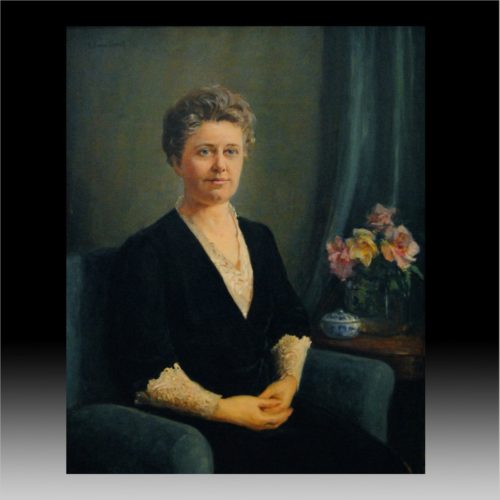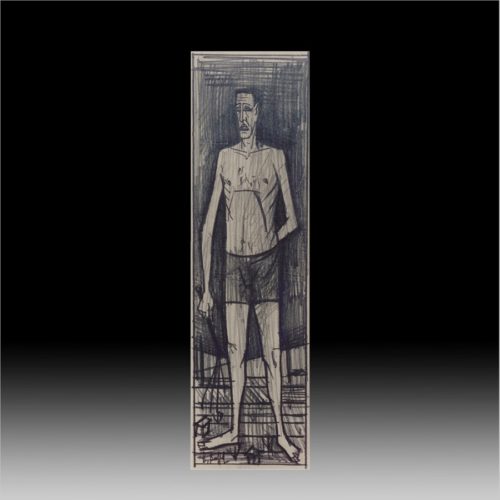-
Maurice de Vlaminck (French, 1876-1958) “Les environs de triel” Signed Oil on canvas 25 ½”x 32” Signed lower left Painted in 1917-1919 COA by G. Petrides
-
Alois Priechenfried (German, 1867-1953) "Mother and Child" Signed ‘Apriechenfried’ upper left Oil on canvas 20 ¾ x 16 ¾ in. (52.7 x 42.2 cm)
-
JaquesNatoire with indistinct signature, ‘F Boucher’ “Zephyr Flora” Laid down on canvas 10 ½ x 8 inches (26.7 x 20.3 cm) CL102794-137 451003-2 @NB-1040 #62
-
André Derain (French, 1880-1954) “Portrait de la cortessa di Fraso” Oil on canvas 11” x 9” Signed lower right COA by M. Kellermann PROVENANCE: D. G. Kelekian, Paris Elizabeth Norcott Exhibited: San Francisco, Museum of Art, 1938 (on loan)
-
George Rouault (French, 1871-1958) “L’écuyère au jupe jaune” (recto) Oil on paper 6.5”x 8.4”
-
Francesco Di Simone da Santa Croce (1480-1548) “Joseph’s Escape from Potiphar’s Wife” From the collection of Pinero Migliorati Lugano, Taken from Old Church in Northern Italy (one of five). @NB-1040 #88
-
Jan Cornelisz Vermeyen “Portrait of a Lady in Profile Holding A Book” Oil on panel 13 ¾” x 10 ½” (34.9 x 26.7 cm) S71791-86
-
Frederic Edwin Church 1826-1900 Portrait of a Woman Oil on canvas 32” x 40” Mr. And Mrs. Walker (pair of paintings) F.E.Church (1876-1975) Born in Brooklyn, NY Provenance: Sotheby’s 6/12 –15/73 lot 315 @AC-NB
-
Bernard Buffet (French, 1928-1999) “Man Standing” "Pencil on Paper 15 ¼”x 5 ½” Signed lower left
-
Henry Alken Jr. (British, 1810-1894) Beginning the Hunt Signed and dated ‘ALKEN 1873’ lower left. Oil on panel. 11x16 ½ in. (28 x 42 cm)
















